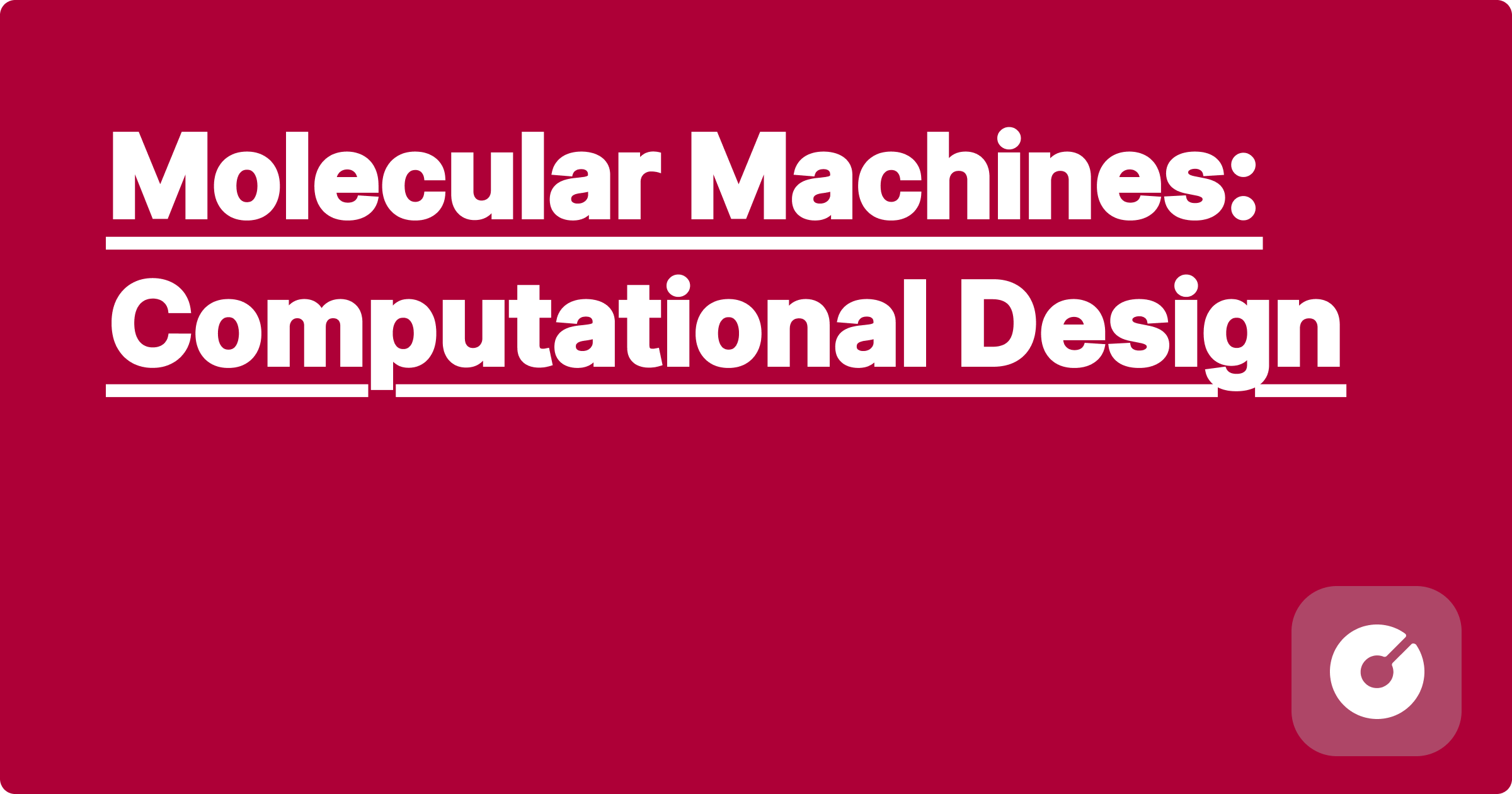
Molecular Machines: Computational Design
pre {
background-color: #f4f4f4;
padding: 10px;
border-radius: 5px;
overflow-x: auto;
}
.equation {
background-color: #f0f0f0;
padding: 10px;
border-radius: 5px;
font-family: "Times New Roman", serif;
}
.tip {
background-color: #e0ffe0;
padding: 10px;
border-radius: 5px;
margin-bottom: 10px;
}
.warning {
background-color: #ffe0e0;
padding: 10px;
border-radius: 5px;
margin-bottom: 10px;
}
This blog post delves into the cutting-edge field of computational design of molecular machines, providing a comprehensive overview of the latest advancements, practical techniques, and future directions. We will cover advanced algorithms, real-world applications, and crucial considerations for successful implementation.
The field is experiencing explosive growth, fueled by advancements in AI, high-throughput screening, and improved force fields. Recent breakthroughs include:
Accurate force field selection is paramount. While AMBER and CHARMM remain popular, newer force fields like OpenFF are gaining traction due to their enhanced accuracy and flexibility. Optimization often involves parameterization and refinement using experimental data or high-level quantum chemical calculations.
Let's consider designing a rotational molecular motor. We can use a genetic algorithm coupled with molecular dynamics simulations. The pseudocode below illustrates this:
# Initialize population of molecular motor designs
population = initialize_population(num_individuals)
# Iterate for a set number of generations
for generation in range(num_generations):
# Evaluate fitness of each individual (e.g., rotational speed)
fitness = evaluate_fitness(population)
# Selection (e.g., tournament selection)
parents = selection(population, fitness)
# Crossover (e.g., uniform crossover)
offspring = crossover(parents)
# Mutation (e.g., change amino acid residues)
offspring = mutation(offspring)
# Update population
population = update_population(population, offspring)
# Return the best individual
best_motor = select_best(population, fitness)
The computational complexity of these methods is significant. Molecular dynamics simulations are O(N3) or worse, where N is the number of atoms. Therefore, efficient algorithms and high-performance computing are crucial. The memory requirements can be substantial, particularly when dealing with large molecular systems or long simulations.
$$ \text{Computational Complexity} \propto O(N^3) $$
Several companies are actively pursuing the computational design of molecular machines:
Open-source tools like OpenMM, NAMD, and GROMACS are invaluable. However, mastering these tools requires significant expertise. Debugging simulations can be challenging, often requiring a deep understanding of the underlying physics and algorithms.
Tip: Start with smaller, well-defined systems to learn the tools and workflows before tackling complex projects.
Warning: Force field inaccuracies can lead to significant errors in simulations. Always critically evaluate your results and consider sensitivity analysis.
Scaling up computational design efforts requires parallel computing, cloud resources, and efficient algorithms. The integration of AI and machine learning is crucial for automating design processes and accelerating discoveries.
Future directions include:
The ability to design novel molecular machines raises ethical and societal considerations. These include potential misuse in areas such as bioweapons and the need for responsible innovation.
Computational design of molecular machines is a rapidly evolving field with enormous potential. This blog post provides a starting point for researchers interested in this exciting area. Through continued advancements in algorithms, computing power, and our understanding of molecular interactions, we can expect to see transformative applications of this technology in various fields.
Second Career Medical Students: Changing Paths to a Rewarding Career
Foreign Medical Schools for US Students: A Comprehensive Guide for 2024 and Beyond
Osteopathic Medicine: Growing Acceptance and Benefits for Aspiring Physicians
Joint Degree Programs: MD/MBA, MD/JD, MD/MPH – Your Path to a Multifaceted Career in Medicine
Machine Learning for Computational Chemistry: Molecular Design and Discovery
Machine Learning for Computational Chemistry: Molecular Design and Discovery
Intelligent Molecular Machines: Programmable Nanoscale Devices
AI-Enhanced Molecular Dynamics Simulations: Protein Folding and Drug Design
Johns Hopkins Molecular Biology GPAI Explained Gene Expression | GPAI Student Interview
GPAI Engineering Students CAD Simulation and Design Help | GPAI - AI-ce Every Class